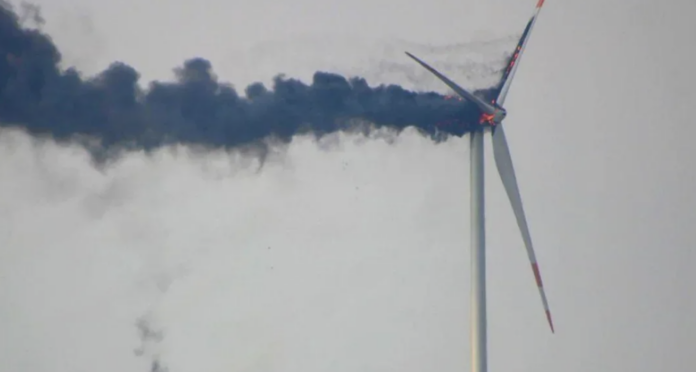Last week, the Swedish parliament decided that it would have to abandon “100% renewable electricity production” by 2040 in order to maintain a “stable system of energy.”
Sweden’s right of center government announced on June 20th that they will instead rely more heavily upon nuclear energy, and subsidize construction of new nuclear power plants. These plants were approved in 2016, but they were halted because the cost was too high.
Six nuclear reactors are currently in commercial operation at three nuclear power plants, which is home to more than 10.5 million people. Vattenfall, the state-owned company, aims to refurbish existing facilities and bring the total up to eight nuclear reactors.
Sweden’s increased nuclear focus is in line with its commitment to a complete shift away from fossil fuels, but in a manner that does not cripple the country. However, this fervor for carbon-free nuclear energy represents a major reversal on the atomic power, which was banned in 1980 by a referendum.
Bloomberg reported that Swedish support for nuclear power is at an all-time high of 56%. This compares to 42% in 2022. Bloomberg reported that the increase in support was due in part to an energy crisis which swept Europe, the invasion of Ukraine, and the realization that renewable energy is not a viable alternative.
According to a 2021 study in Nature Communications, “If future zero-emission energy systems heavily rely on solar and wind resource, spatial and time mismatches may challenge the reliability of system.”
Researchers found that the most reliable renewable energy systems were wind-heavy, and satisfied countries’ electricity demands in 72-91% hours. Even in systems that meet more than 90% of demand, there may be hundreds of hours unmet annually.
In a country with temperatures that regularly drop below freezing for several months of the year, these lost hours can be costly.
Khashayar Fermanbar, former energy minister of the Social Democratic Party (leftist) that was defeated, was aware of the country’s energy crisis. He warned last August about “tensions in the power system during the winter,” including outages and higher prices.
Nuclear energy has been deemed the most reliable source of energy on the Atlantic Ocean side by the U.S. Department of Energy. Each nuclear reactor produces approximately the same amount as 431 large-scale utility wind turbines, or 3.1 millions solar panels.
According to the Swedish Government, approximately 75% of Sweden’s electricity is generated by hydroelectric power (43%) and nuclear power (31%). Wind power accounts for 16% of electricity. About 9% of electricity is generated by combined heat and power (CHP) plants, which are mainly powered by biofuels. Solar energy is still only 1% of the total supply.
The Finance Minister Elisabeth Svantesson, of the Moderate Party, said: “We need to increase electricity production. We need cleaner electricity. And we need a more stable energy system.”
Svantesson said that since wind and solar power won’t suffice, “this creates the conditions to nuclear energy.”
Net Zero Watch, a group of activists that examines British and European policies on net-zero emission, said that “the Swedish decision is an important move in the right directions, implicitly admitting the low quality and instability of wind and solar and is part and parcel of the general collapse in confidence in renewable energy agenda pioneered by the Nordic countries and Germany.”
Dr. John Constable of Net Zero Watch, the energy director, said that energy security for Sweden is not only about geopolitical stability, but also societal stability.
Constable said that living near Russia focused the minds of the Swedish people. They not only wanted to join NATO, but also want to base their economy on nuclear energy, which is both physically safe and secure. Renewables are neither. “For now, the UK government is still living in a fantasy that they have created. But the end of green dreams is near.”




